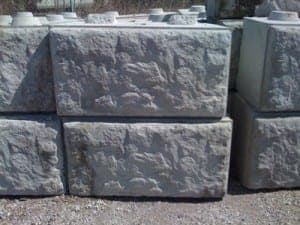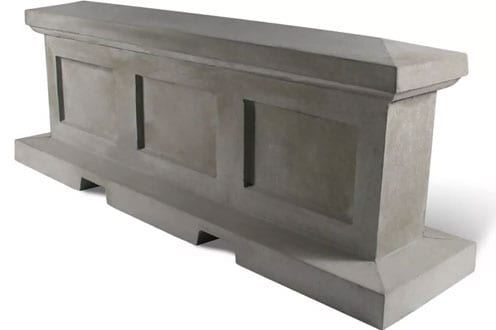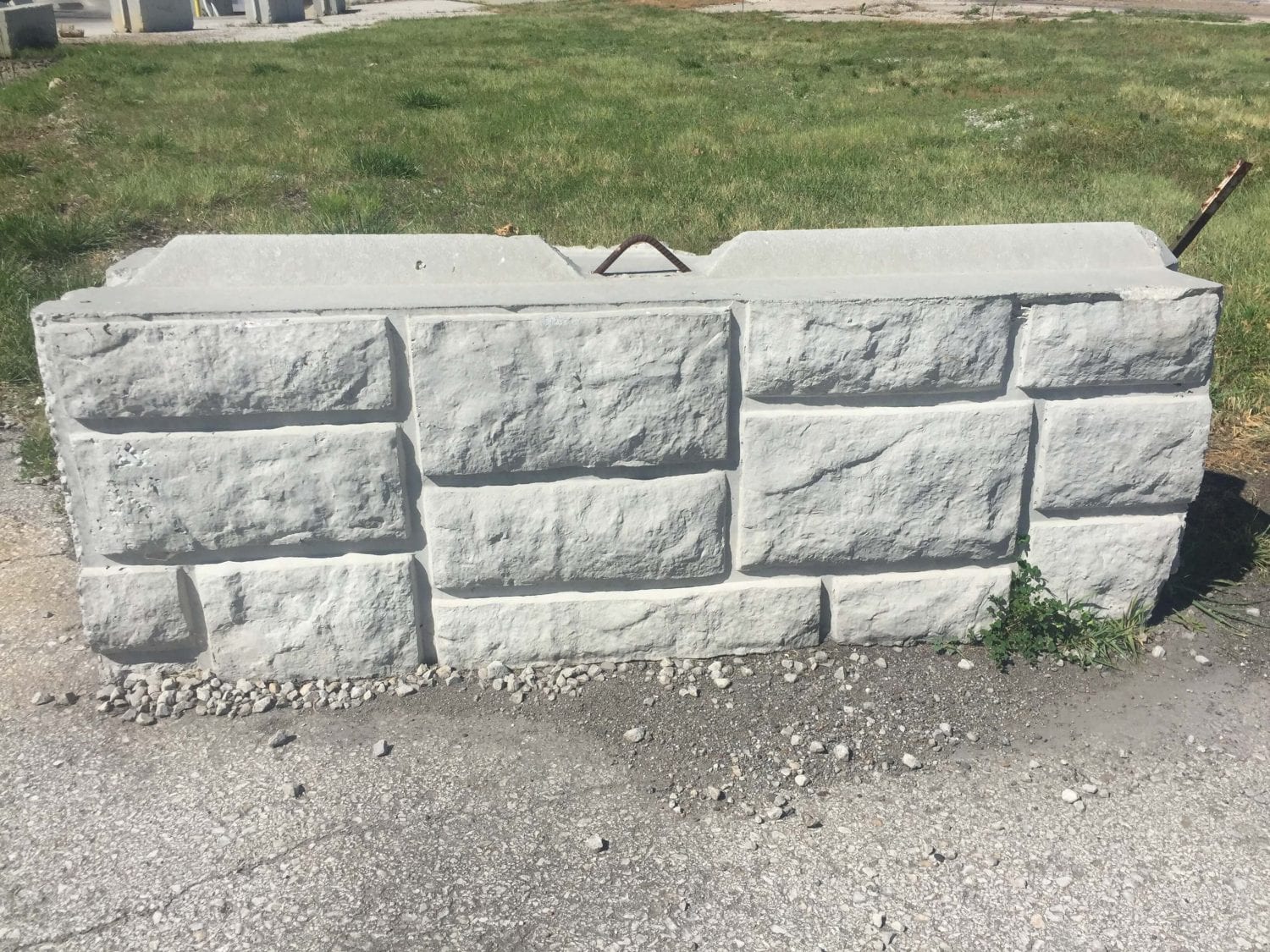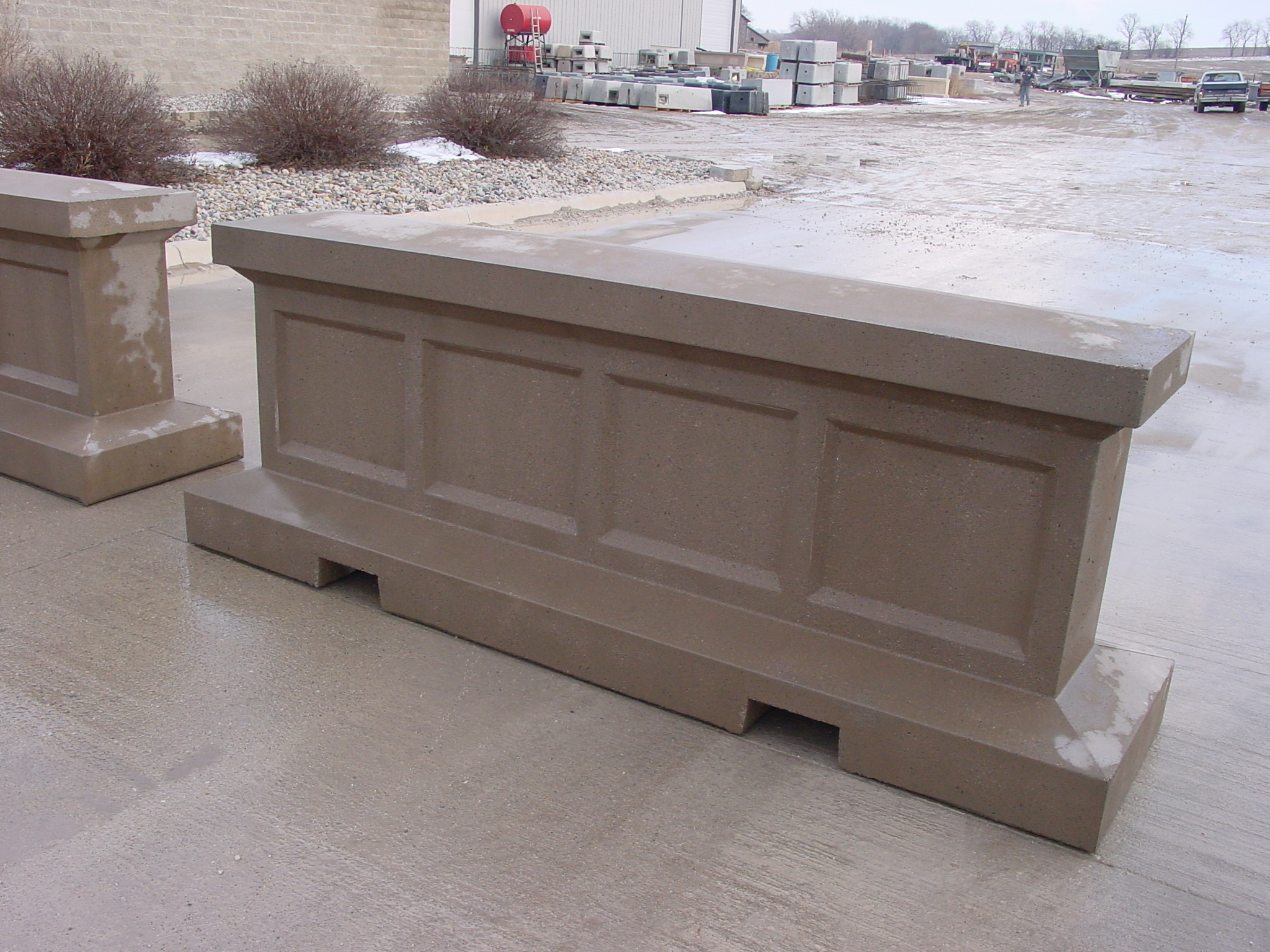When you think of concrete barriers, the first image that often comes to mind is of a dull, gray, and purely functional structure. However, in today’s world, aesthetics matter just as much as functionality. Decorative concrete barriers have emerged as a valuable solution that combines safety, design, and versatility. As someone who has spent years in the field of architecture and civil engineering, I’ve seen how these innovative structures can transform spaces, adding both beauty and utility.
What Are Decorative Concrete Barriers?
Decorative concrete barriers are aesthetically pleasing structures designed to provide protection and delineation in various environments. Unlike standard concrete barriers, decorative options come in various designs, colors, and textures, allowing them to blend seamlessly into urban landscapes, parks, or even residential areas.
Key Features of Decorative Concrete Barriers
- Variety of Designs: Available in different shapes, patterns, and colors.
- Durability: Made from high-quality concrete that withstands the elements.
- Eco-Friendly Options: Many products now utilize recycled materials or sustainable manufacturing processes.
- Versatility: Suitable for various applications from public works to private developments.
Why Choose Decorative Concrete Barriers?
Choosing decorative concrete barriers offers multiple advantages, especially for cities and businesses looking to enhance their environment while ensuring safety. Let’s explore some of the main benefits.
Pros of Decorative Concrete Barriers
| Advantage | Description |
|---|---|
| Enhanced Aesthetics | They provide a visually appealing alternative to traditional barriers. |
| Safety Precautions | Designed to prevent vehicle intrusion and protect pedestrian areas. |
| Low Maintenance | Durable materials require minimal upkeep compared to other landscaping options. |
| Customizable | Can be tailored to fit the specific needs of any project. |
| Environmentally Friendly | Many options use sustainable practices, contributing to eco-conscious construction. |

Cons of Decorative Concrete Barriers
| Disadvantage | Description |
|---|---|
| Initial Cost | Higher upfront costs compared to standard concrete barriers. |
| Installation Expertise | Requires skilled labor for proper installation to ensure structural integrity and design quality. |
| Limited Mobility | Once installed, they cannot be easily relocated without significant effort and expense. |
Applications of Decorative Concrete Barriers
From urban environments to rural landscapes, decorative concrete barriers can serve numerous purposes. Here are some popular applications:

Urban Environments
In cities, decorative concrete barriers are increasingly used in projects aimed at improving public safety while enhancing the visual appeal of streets and public spaces. For example, installing these barriers around parks or event venues can manage traffic while adding artistic elements to the landscape.
Case Study: City Park Revitalization
During the revitalization of a downtown park, decorative concrete barriers were installed to protect pedestrian walkways while featuring intricate designs that reflected local culture. The results were not only functional but added significant aesthetic value to the community space.

Highway and Roadway Applications
Along highways, decorative barriers can help promote local tourism by incorporating designs or colors that reflect the region. They can effectively combine safety with engaging visuals that represent local heritage.
Commercial Spaces
Businesses can utilize decorative concrete barriers to enhance their property. For example, shopping centers can use them to clearly define parking areas while ensuring they are visually appealing and consistent with the overall design of the center.

Comparing Decorative Concrete Barriers with Other Barrier Types
To better understand the unique benefits of decorative concrete barriers, it’s helpful to compare them with other common barrier types such as traditional concrete barriers and plastic barriers.
| Barrier Type | Aesthetics | Durability | Cost | Maintenance |
|---|---|---|---|---|
| Decorative Concrete Barriers | High | Very High | Higher Initial Cost | Low |
| Traditional Concrete Barriers | Low | Very High | Moderate | Low |
| Plastic Barriers | Moderate | Low | Low | Moderate to High |

How to Choose the Right Decorative Concrete Barrier
Selecting the right decorative concrete barrier involves several critical considerations:
1. Identify the Purpose
Understand the primary function of the barrier—whether it’s for safety, aesthetic value, or both. Knowing this will inform your design choices.

2. Consider the Environment
Evaluate the location where the barrier will be installed. This includes assessing local climate conditions, lighting, and overall landscape aesthetics.
3. Assess Customization Options
Explore various designs, colors, and textures. Customization can significantly enhance the visual appeal and relevance to the setting.

4. Budget Considerations
Evaluate your budget against the desired features and aesthetics. While decorative barriers can have a higher initial cost, their longevity and low maintenance can offer cost savings over time.
Installation Tips for Decorative Concrete Barriers
Proper installation is crucial to the effectiveness and durability of decorative concrete barriers. Here are some tips based on my personal experience in the field:
Preparation and Planning
- Conduct a thorough site assessment before installation.
- Plan for utility placements and drainage to avoid future complications.
Engage with Professionals
Hire experienced contractors who understand the intricacies of decorative installations to ensure the best results.
Evaluate Local Regulations
Check with local authorities regarding zoning laws and regulations surrounding barrier installations.
Maintenance of Decorative Concrete Barriers
One of the best features of decorative concrete barriers is their low maintenance requirements. However, keeping them looking their best does require occasional care:
Cleaning
Regularly wash the barriers with a mild detergent and water to remove dirt, grime, and stains. Avoid harsh chemicals that could damage the finish.
Repairing Surface Damage
If any damage occurs, it’s essential to repair it promptly to prevent further deterioration. Consult with professionals for the best repair materials and techniques.
FAQs About Decorative Concrete Barriers
What are the most common designs for decorative concrete barriers?
Common designs for decorative concrete barriers include textured surfaces mimicking stone or brick, colored finishes, and creative patterns reflecting local culture or themes.
Are decorative concrete barriers environmentally friendly?
Many decorative concrete barriers are made using sustainable practices and recycled materials, making them an eco-friendly choice for construction projects.
How long do decorative concrete barriers typically last?
With proper installation and maintenance, decorative concrete barriers can last for several decades, providing a long-term solution for safety and aesthetics.
Can I install decorative concrete barriers myself?
While DIY installation might be tempting, it is advisable to hire professionals with experience in decorative concrete work to ensure proper installation and adherence to local regulations.
What colors and textures are available?
Decorative concrete barriers are available in an extensive range of colors and textures, allowing for customization that can match or complement surrounding landscapes.
Conclusion
Decorative concrete barriers present an innovative and attractive solution to safety concerns without sacrificing design value. With their versatility and durability, they serve countless applications while enhancing the aesthetic of their environment. Whether you’re a city planner, a business owner, or a residential developer, these barriers could be the perfect addition to your project, offering style, safety, and sustainability all in one. From my experience, investing in decorative concrete barriers is more than just a functional decision; it’s a chance to contribute positively to the visual narrative of our surroundings.